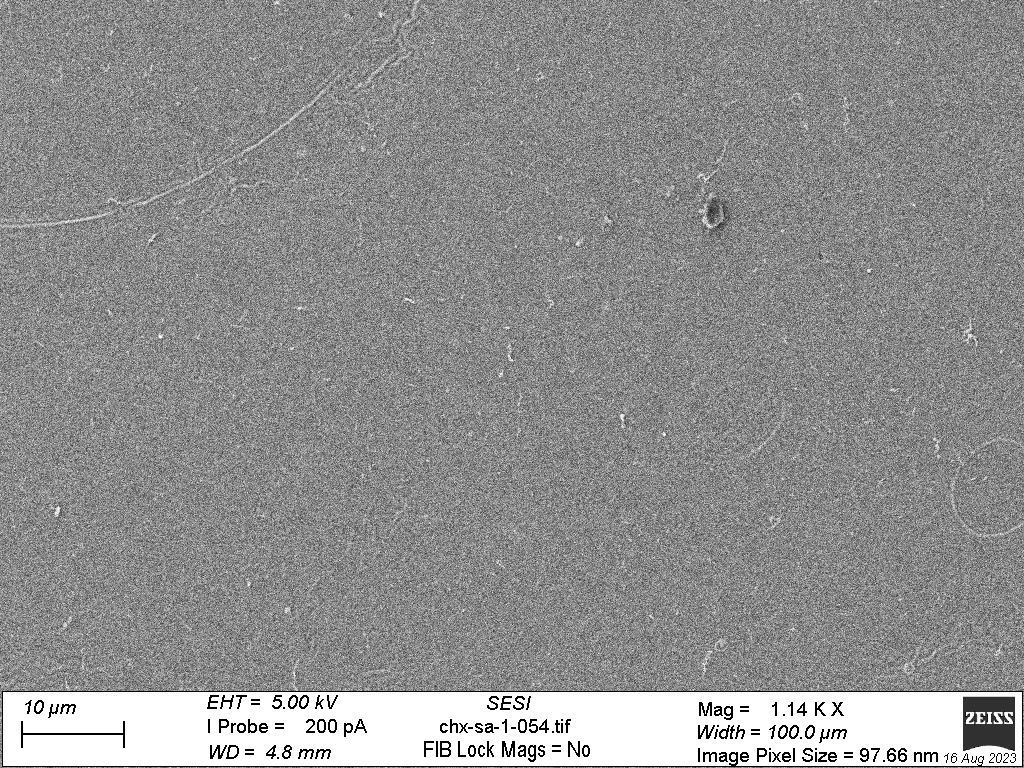It's never a good thing when harmful bacteria are present on surfaces in hospitals, as they can cause life-threatening infections in already immunocompromised patients. A new paint could help keep that from happening, by quickly killing any microbes that land on it.
This is certainly not the first time we've seen a germ-killing coating designed for use on door handles, railings, countertops and other nonporous surfaces in hospitals and similar healthcare settings.
These coatings have utilized antimicrobial ingredients including silver, copper, and gold. According to scientists at the University of Nottingham, however, such substances can be pricey, not very effective, and/or not sufficiently durable. That's where the researchers' new paint comes in.
Developed in partnership with British company Indestructible Paint, the coating consists of that firm's conventional clear gloss resin along with a 2% concentration of a broad-spectrum biocidal agent known as chlorhexidine digluconate (CHX).
In lab tests, those two ingredients were combined, left to react with one another for 15 minutes, then painted onto steel samples and cured at a temperature of 60 ºC (140 ºF) for 90 minutes.
Next, droplets of Staphylococcus aureus, Escherichia coli and Pseudomonas aeruginosa bacterial solutions were applied to the paint and allowed to dry at room temperature for 18 hours. This action simulated the manner in which a painted surface might get splashed in a hospital.
When the samples were subsequently tested, it was found that all three types of bacteria had been completely eradicated.

The CMX performed this feat by generating reactive oxygen species which ruptured the microbes' protective outer membranes. For reference, previous studies have shown that S. aureus and E. coli can survive on stainless steel surfaces for up to six and four weeks, respectively.
Importantly, testing also showed that the presence of the CMX had very little if any effect on the resin's clarity, scratch resistance, and adhesion. What's more, the CMX showed no signs of leaching out of the resin over time.
"It is paramount that new technologies such as this antimicrobial paint are developed to prevent the spread of pathogenic microorganisms to vulnerable patients and address the ever-increasing threat of antimicrobial resistance," says U Nottingham's Dr. Felicity de Cogan, who led the study.
A paper on the research was recently published in the journal Scientific Reports.
Source: University of Nottingham




